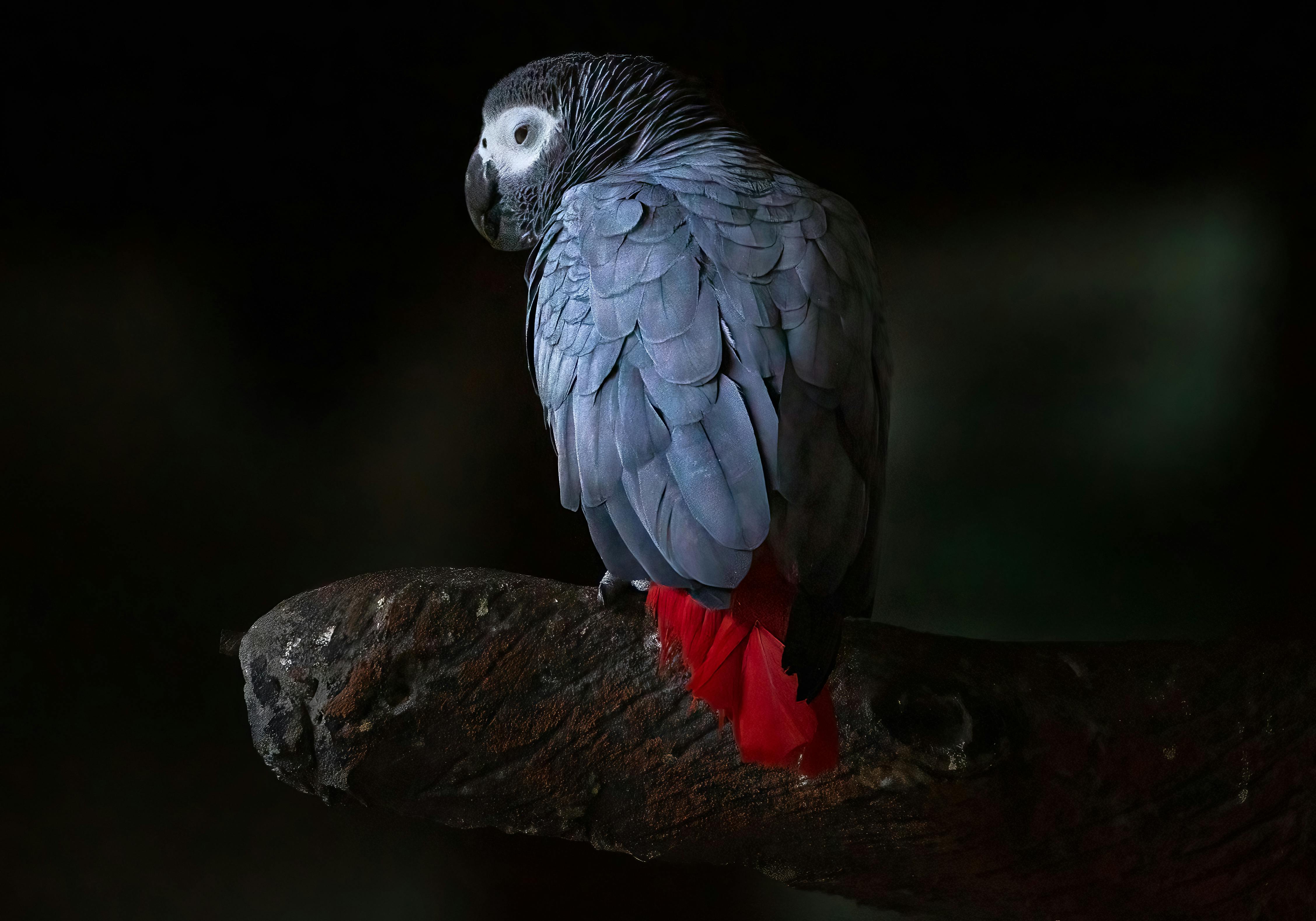Introduction to Caring for Pregnant Cherry Shrimp in 2025
Pregnant cherry shrimp care is an essential topic for enthusiasts aiming to maintain a thriving aquatic environment. As one of the most popular freshwater shrimp, these tiny invertebrates are not only visually appealing but also serve beneficial roles in aquariums, including algae control and substrate aeration. Understanding pregnant cherry shrimp breeding behaviors and suitable environments plays a significant role in raising healthy offspring. This article will provide a comprehensive overview of essential care strategies tailored specifically for pregnant cherry shrimp.
In this guide, we will delve into recognizing the signs of pregnancy, optimal conditions for shrimp health, and how to enhance the breeding success rates of cherry shrimp. We will also explore their social behavior, feeding requirements, and how to create an inclusive habitat. By the end, you will possess the practical knowledge to support pregnant cherry shrimp throughout their journey from gestation to the care of their young.
Recognizing Signs of Pregnancy in Cherry Shrimp
Knowing how to tell if a cherry shrimp is pregnant is crucial for any shrimp keeper. Pregnant cherry shrimp display distinct physical signs. Females exhibit a noticeable change in size and coloration, especially as they carry fertilized eggs. Typically, the eggs are vibrant green or yellow, making them discernible against the shrimp's body.
Moreover, cherry shrimp's behavior also shifts during pregnancy. Expect to see them becoming more reclusive, as they seek out peaceful areas to stay hidden. Increased bottom-dwelling behavior is common; this behavior serves as a protective tactic against potential predators.
- Common Signs: Look for a rounded belly and bright coloration.
- Behavioral Changes: Monitor for increased hide-seeking behavior.
- Egg Coloration: Fertilized eggs typically appear bright green or yellow.
Understanding these indicators will not only help you identify pregnant cherry shrimp but also ensure their environment is supportive during this vulnerable stage.
Creating the Ideal Environment for Pregnant Cherry Shrimp
Building upon the fundamentals of recognizing pregnant cherry shrimp, it’s crucial to understand their environment. Pregnant cherry shrimp thrive in well-maintained tanks that mimic their natural habitats. The ideal shrimp tank setup should include live plants, ample hiding spots, and the right water conditions.
To achieve optimal water parameters, maintain a tank temperature between 20°C - 24°C (68°F - 75°F) with a pH of 6.5 - 7.5. Furthermore, excellent filtration should be a priority to maintain clean water and help prevent stress with quality parameters. Natural filtration methods, such as using sponge filters, can provide gentle water movement and support the shrimp's calm demeanor.
Ensure the substrate is suitable, with options like sand or fine gravel to facilitate foraging. The incorporation of plants such as Java moss or floating aquatic plants not only aids in tank aquascaping but also provides necessary shelter for pregnant shrimp and their babies.
Essential Water Parameters for Optimal Health
Water quality profoundly impacts pregnant cherry shrimp. Monitoring ammonia levels, nitrite, and nitrate concentrations is vital. Ideally, ammonia and nitrites should remain at 0 ppm, while nitrates should be kept below 20 ppm to promote shrimp health.
Frequent water changes are necessary; aim for 10-20% weekly to help stabilize water quality. This practice also contributes to better breeding conditions. The use of a water conditioner will neutralize harmful chemicals present in tap water, ensuring shrimp safety.
Maintaining a Stress-Free Environment
Preventing stress in pregnant cherry shrimp is essential for healthy gestation. Reducing stressors can involve placing decorations that provide additional hiding spots or avoiding rapid changes in water parameters. Additionally, keeping compatible tank mates such as small fish can create a balanced ecosystem.
Introducing new shrimp should be done carefully via the acclimation process to minimize stress. This gradual introduction ensures that the shrimps’ environment doesn’t change abruptly, making it easier for them to adapt.
Understanding Shrimp Breeding Behaviors
Focusing on pregnant cherry shrimp breeding behavior can enhance your breeding success. It is important to observe their mating rituals, which typically involve males chasing females. During these interactions, the male will grasp the female, allowing for fertilization to occur.
Recognizing this and supporting the shrimp during breeding can lead to fruitful outcomes. Breeding often occurs after the female has molted and has reached maturity, further emphasizing the importance of proper care and environment.
Nutrition and Diet for Pregnant Cherry Shrimp
With these environmental factors addressed, it is time to focus on the dietary needs of pregnant cherry shrimp. Proper nutrition plays a vital role in the health of pregnant shrimp and their developing embryos. Pregnant cherry shrimp require a balanced diet, rich in protein and vitamins.
Optimal feeding schedules should be maintained to ensure they receive high-quality food. Foods such as algae wafers, shrimp pellets, and blanched vegetables (like zucchini or spinach) are highly nutritious options. Supplementing their diet with high-quality spirulina can enhance the growth and vitality of juvenile shrimp once they are born.
- Key Foods: Algae wafers, shrimp pellets, and leafy greens.
- Feeding Frequency: Feed small amounts once daily to prevent overfeeding.
- Supplemental Feeding: Incorporate spirulina for healthy fry development.
Reading their behavior post-feeding can indicate if adjustments are necessary. Watch for any changes in enthusiasm towards their food and adjust accordingly to meet their nutritional needs.
Common Challenges in Breeding Cherry Shrimp
Before welcoming baby shrimp into your aquarium, be aware of potential breeding challenges. Cherry shrimp breeding can be impacted by poor water quality, inadequate food sources, and tank mate compatibility. Addressing these factors proactively will increase your chances of successful breeding.
To overcome these challenges, it’s advisable to carry out regular maintenance tasks, including water testing and performing water changes. Keeping a close eye on shrimp activity and adjusting feeding plans based on their responses will also contribute to a thriving breeding environment.
Effective Population Control Strategies
Managing shrimp populations is significant for maintaining overall tank health. If baby shrimp are being born, ensure there are ample hiding spots to protect them from adult shrimp, which may display territorial behavior. Additionally, it is important to monitor the population closely, as overcrowding can lead to stress and health complications.
Excess shrimp may require separating into another tank or rehoming. Keeping a balanced ecosystem encourages healthy growth and prevents sudden fluctuations in the shrimp population.
Baby Cherry Shrimp Care and Rearing
Once baby cherry shrimp are born, immediate care is crucial. These shrimp are incredibly tiny and will require the right conditions to survive. It’s essential to feed them appropriately; high-quality powdered shrimp food or finely crushed flakes can support their early growth.
Offering plenty of hiding spots helps protect them from any larger inhabitants in the tank. Additionally, maintaining stable water conditions will support their growth and development, fostering a successful breeding environment.
Conclusion: Elevating Your Cherry Shrimp Care
In conclusion, pregnant cherry shrimp care involves a multifaceted approach that emphasizes environmental management, proper nutrition, and understanding their breeding habits. By implementing the tips and strategies provided in this guide, you are positioned to create the best conditions for optimal growth and successful breeding.
Whether you are preparing for a new batch of baby cherry shrimp or aiming to maintain a harmonious shrimp community, integrating these practices will enhance your aquarium experience. Prioritize consistent care and attention to your pregnant cherry shrimp, and watch as your aquatic haven flourishes.




